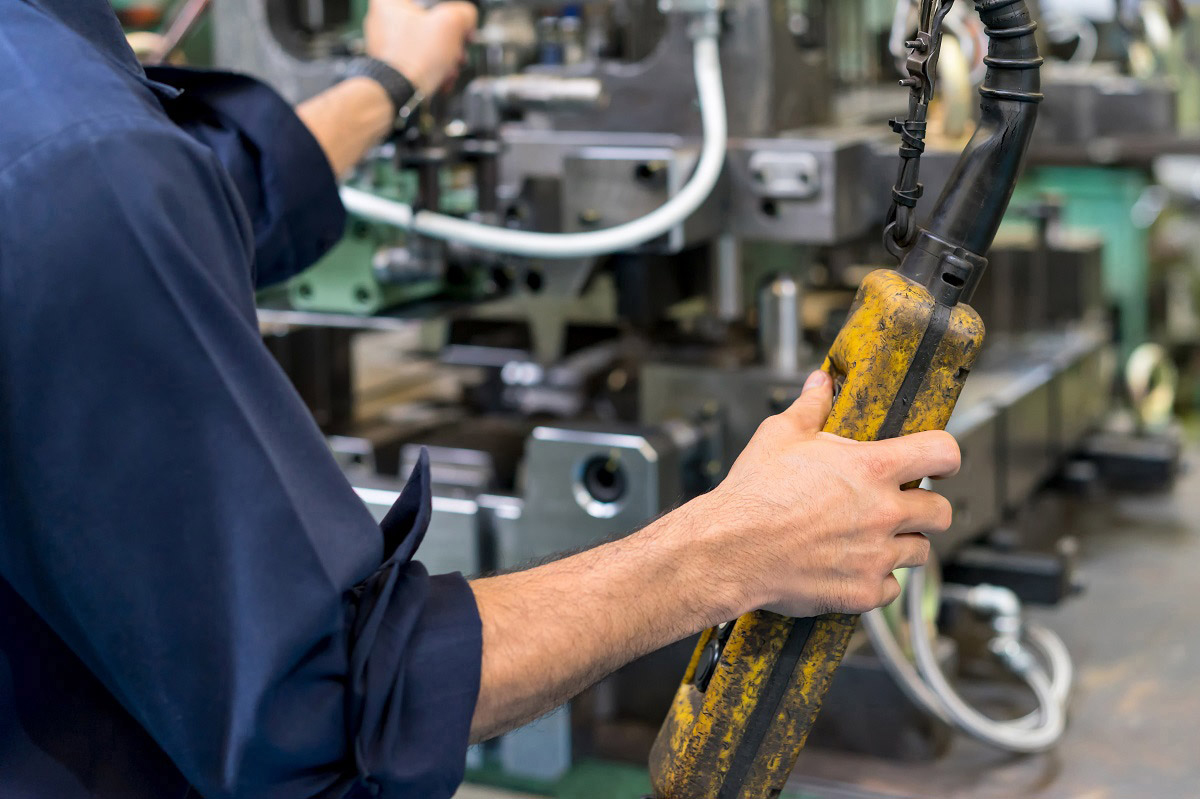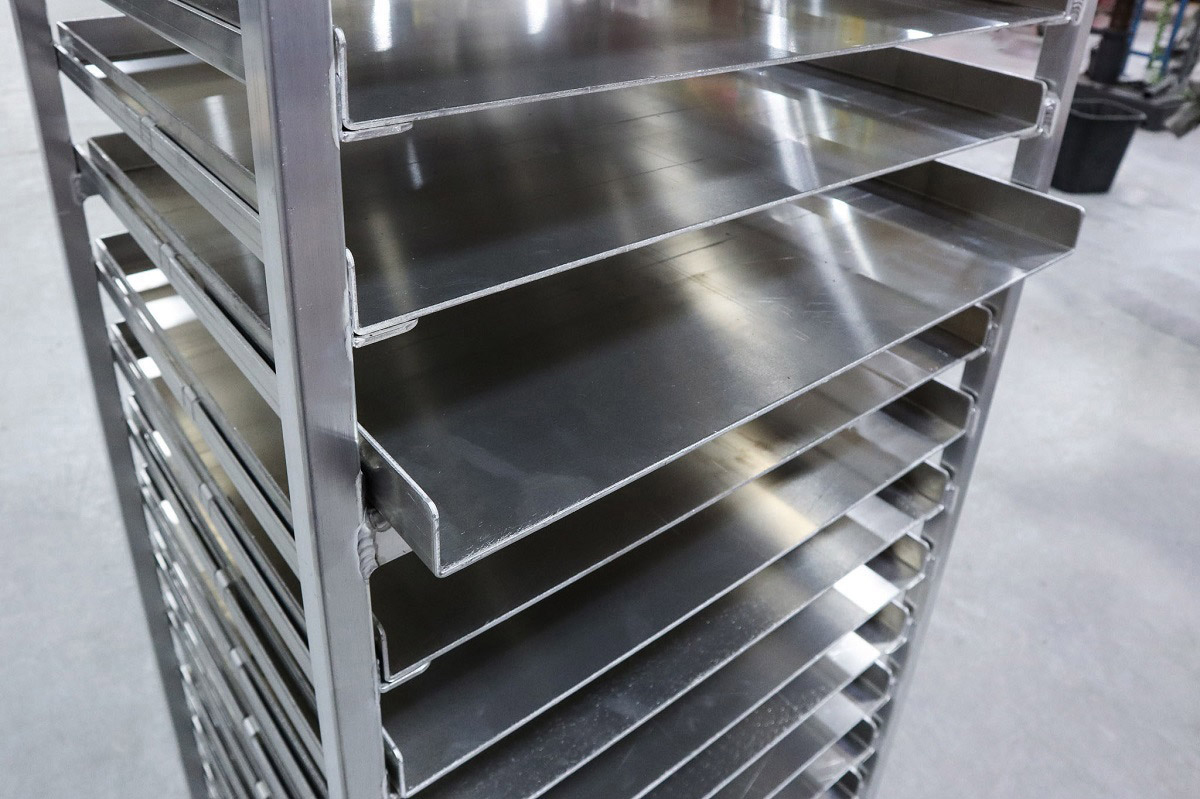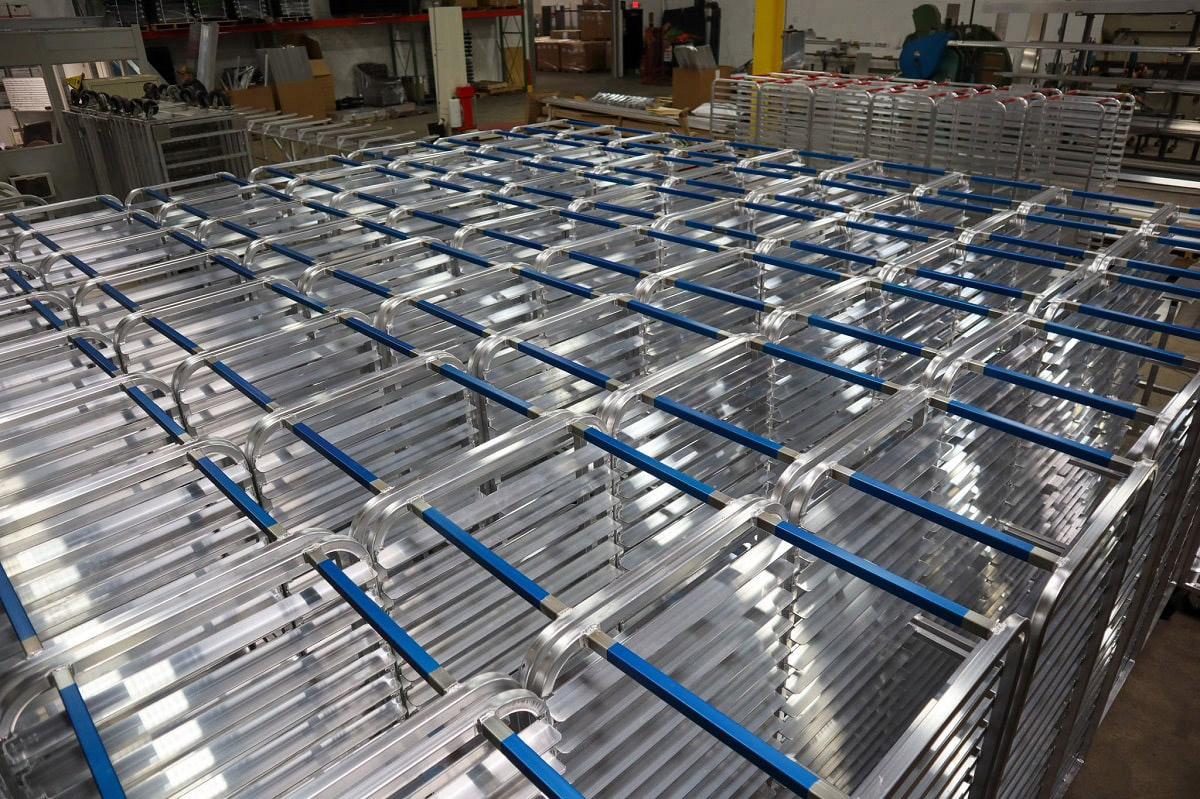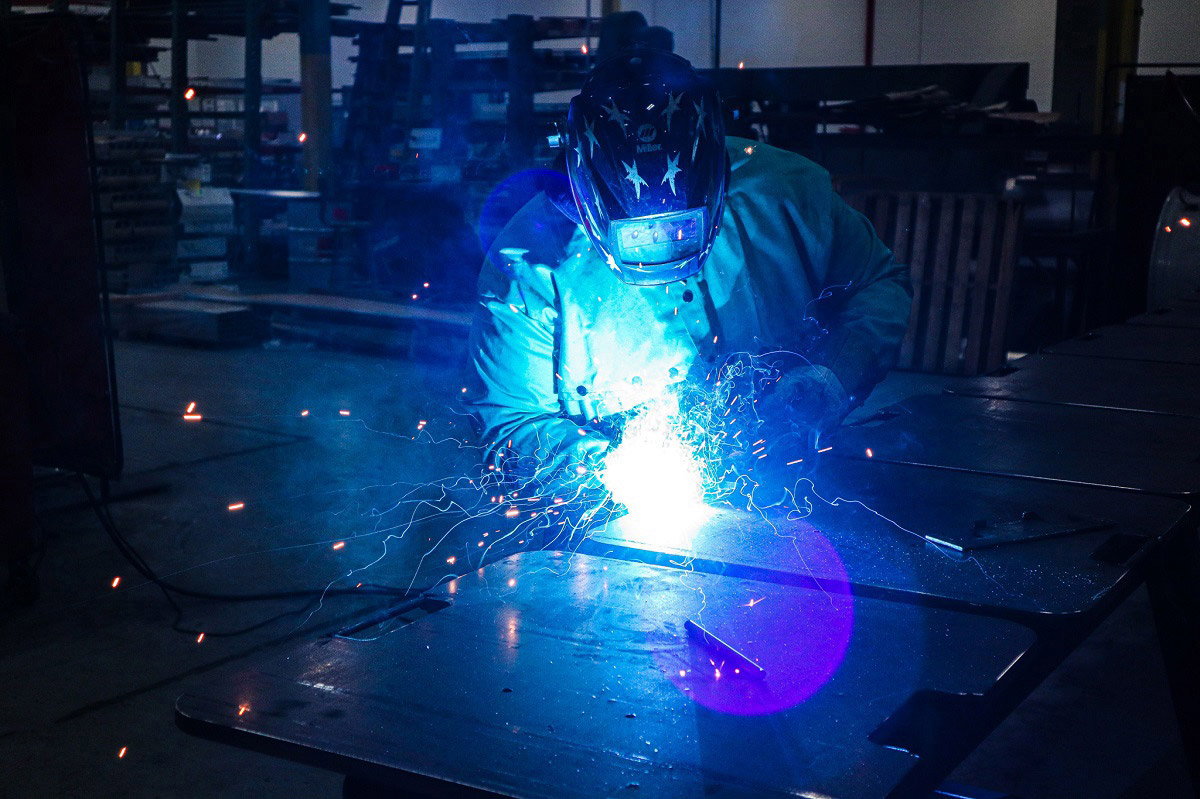
Die-casting is a manufacturing process that we use to help construct smooth, well-dimensioned metal products. The process consists of forcing molten metal into the mold at very high pressure into reusable metal dies.
The die-casting process can be described as the shortest distance between the raw material and the finished product. However, “die-casting” is a term that also refers to the finished product. This process helps produce bulk metallic parts that don’t require post-production machining, and it is one of the most versatile metal-working processes that exist today.
The die-casting process is completed in one of two ways: hot-chamber die-casting and cold chamber die-casting. Let’s see how the two processes compare below.
What Is Cold Chamber Die-Casting?
Based on the name alone, it’s easy to assume that cold chamber die-casting uses cold metal to create reusable metal dies. In reality, cold chamber die-casting refers to the process in which the molten metal is heated.
Cold chamber die-casting heats the metal in a different furnace, which is then transferred into the casting machine. There is a pressurized plunger in the separate furnace that forces the molten metal into the mold, where it takes its final shape.
There are only certain types of metals that can go through cold chamber die-casting successfully, including aluminum, magnesium, and copper. These metals have a relatively higher melting point that requires them to reach their molten state before they are forced into the chamber.
What Is Hot Chamber Die-Casting?
Hot chamber die-casting is a similar process as cold chamber die-casting. The only difference is that the metal is heated directly inside the casting machine instead of going to a separate furnace. Having this built-in furnace is the defining characteristic of hot chamber die-casting.
This built-in furnace helps heat the metal to a molten state and it uses a hydraulic-powered piston to force the molten metal into the die. Here, the molten will be formed into its final shape in as little as 15-20 minutes.
Hot chamber die-casting is ideal for metals with a low melting point, such as tin alloys, zinc alloys, and lead alloys.
Cold Chamber Die-Casting Advantages and Disadvantages

Advantages of Cold Chamber Die-Casting
As we previously mentioned, cold chamber die-casting offers the benefit of the ability to heat particular metal types that the hot chamber die-casting process does not. High-quality materials such as aluminum, zinc, and magnesium alloys can only endure the cold chamber die-casting process.
One huge benefit of cold chamber die-casting is that this process can create denser metal castings compared to hot chamber die-casting. This denser metal results from higher pressure during the injection process and the faster processing speed used during the injection process.
Another noteworthy benefit to cold chamber die-casting is the affordable maintenance cost. Because more parts can be produced at a lower cost, the market price of cold chamber die-casting products is typically lower.
Disadvantages of Cold Chamber Die-Casting
There are some mentionable downsides to using cold chamber die-casting. First, the production cycle for this process is a bit longer compared to hot chamber die-casting. This is because the molten material in the separate chamber may cool down before the injection takes place. It also requires an additional step compared to hot chamber die-casting.
Another disadvantage is a high level of oxidation and other contaminants in cold-chamber die-casting. The molten material is exposed to these contaminants during the process, impacting the quality of the product.
Hot Chamber Die-Casting Advantages and Disadvantages

Advantages of Hot Chamber Die-Casting
There are also many positives to choosing hot chamber die-casting. Because the hot chamber machine has the melting pot inside it, the process is significantly faster and more convenient than cold chamber die-casting. On average, there are 15 cycles per minute with hot chamber die-casting. This helps cut back on production cycle time and ultimately makes for a cheaper manufacturing process.
The alloys in the hot chamber die-casting process do not dissolve or erode under pressure, resulting in reduced porosity and longer die life. This also means that because the die design process is so efficient, less wasted material results from this process.
Disadvantages of Hot Chamber Die-Casting
There are some downsides to using hot chamber die-casting as well. First, it is only used successfully for casting low-melting metals such as tin alloys, zinc alloys, and magnesium alloys. If your product requires a metal type that doesn’t lend itself well to high temperatures, you’ll need to opt for cold chamber die-casting instead.
Hot chamber die-casting requires a high-pressure range that isn’t always suitable for making every product. It also offers limited metal fluidity due to variance in alloy malleability, limiting the final product’s shape and/or complexity.
Another disadvantage of hot chamber die-casting is that it’s only cost-effective if you have a high volume of products that need to be produced. If you only need a limited number of products, hot chamber die-casting may not be the most cost-efficient option for your business.
Difference Between Cold Chamber Die-Casting and Hot Chamber Die-Casting
The main difference between cold chamber die-casting and hot-chamber die-casting is how the metal is melted. This list also outlines the main differences discussed in this article.
Cold Chamber Die-Casting
- Ideal for metals with a high melting point
- Heating chamber located outside of the machine
- For Al, Mg, Cu, and high-melting alloys
- High production but not as fast as hot chamber die-casting
Hot Chamber Die-Casting
- Ideal for metals with a low melting point
- Heating chamber included
- For Zn, Ph, and other low-melting alloys
- Fast production but may not be cost-efficient
Which Is Best for Your Operation?
Both hot and cold chamber die-casting have pros and cons that you should consider. It’s most important to factor in your business’s needs to help you determine when it’s appropriate to use which process.
Consider the material you’ll need to use, the quantity, your budget, and your timeline to help you decide.
Our skilled team at
Schaumburg Specialties has over three decades of experience in fabrication and manufacturing. We’re able to produce custom-fabricated products at an affordable price for your business. Give us a call or fill out our online form for a free quote!
